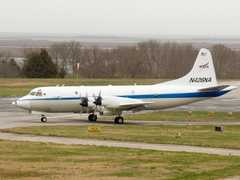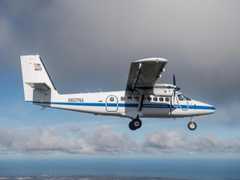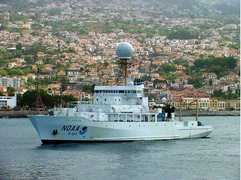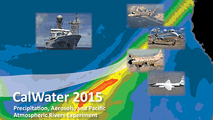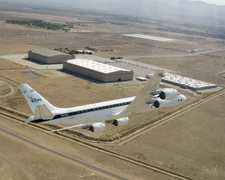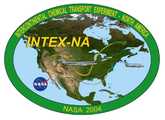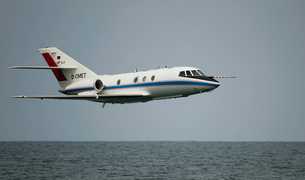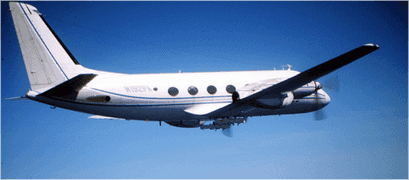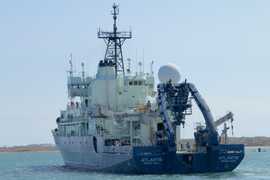The Tandem Differential Mobility Analyzer (TDMA) is an in situ airborne and ground-based analyzer that measures the physical properties of aerosol particles, such as size distribution and concentration. It can measure particles in the size range of 0.013 to 0.75 mm with a size resolution of 0.013 mm at 0.2 mm. The TDMA is often combined with an Aerodynamic Particle Sizer (APS) to enable measurements of particles in the submicron range. A typical measurement sequence of TDMA takes approximately 45 minutes to complete.
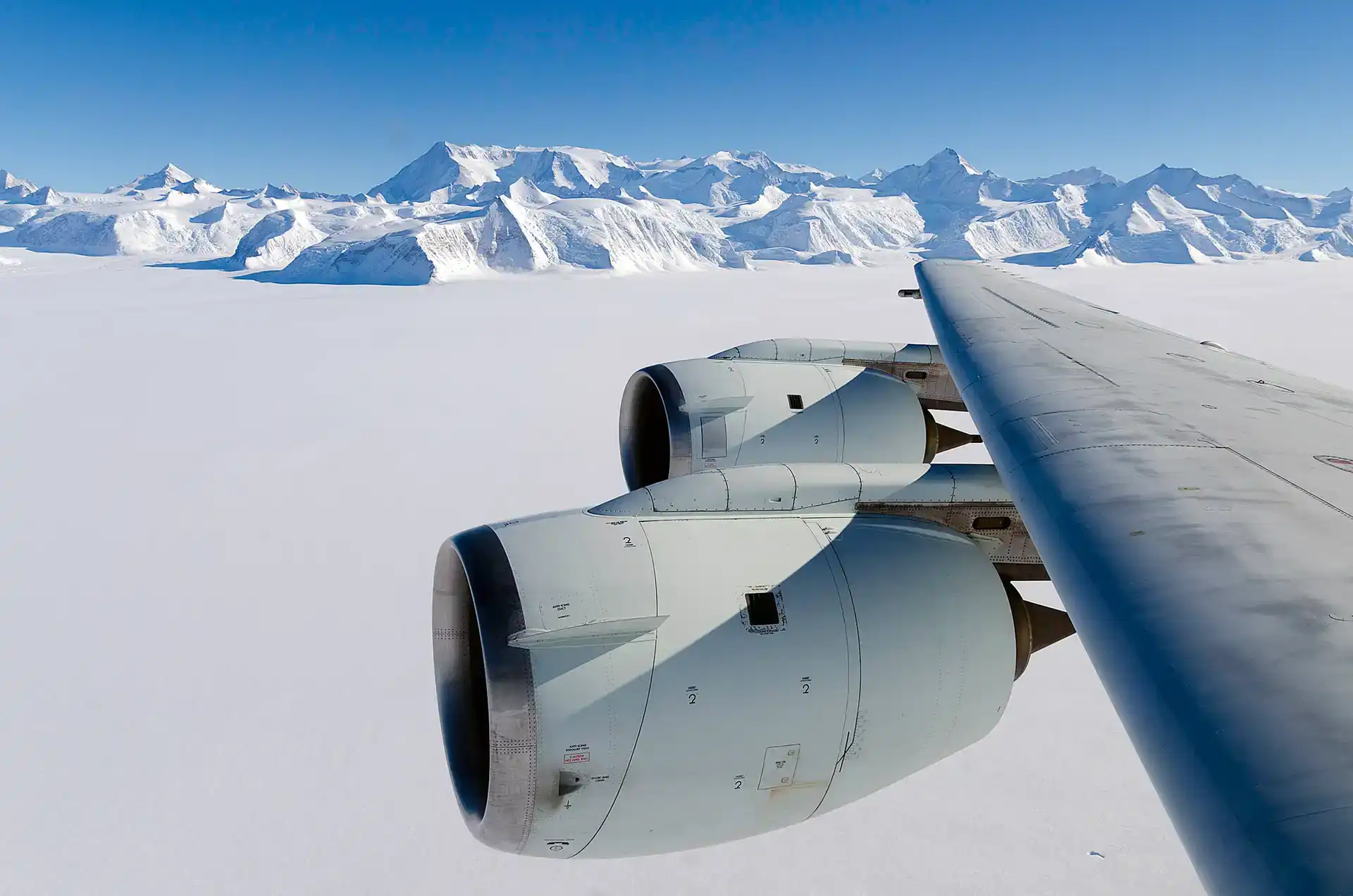
Instrument Details
- Meter/Analyzer
- Earth Science > Atmosphere > Aerosols > Aerosol Forward ScatterEarth Science > Atmosphere > Aerosols > Aerosol BackscatterEarth Science > Atmosphere > Aerosols > Cloud Condensation NucleiEarth Science > Atmosphere > Aerosols > Aerosol Particle PropertiesEarth Science > Atmosphere > Aerosols
- Troposphere
- 45 min
- Point
- N/A
- https://www.arm.gov/publications/tech_reports/handbooks/tdma_handbook.pdf
Don Collins
Don Collins
University of Minnesota, Texas A&M, TSI
National Bureau of Standards, U.S. Environmental Protection Agency
Currently unavailable
data center outside NASA
Filter data products from this instrument by specific campaigns, platforms, or formats.
